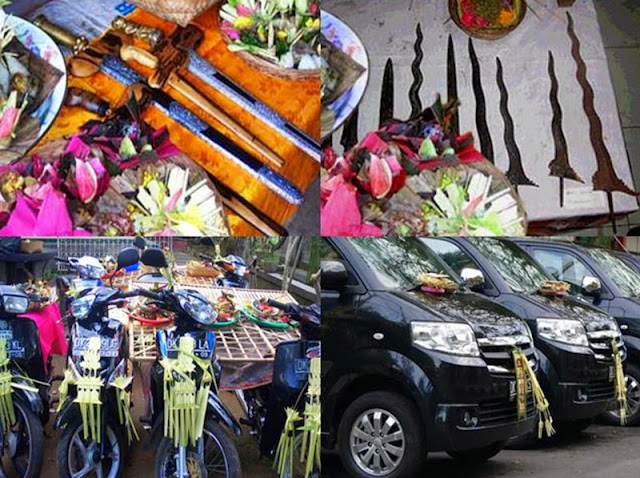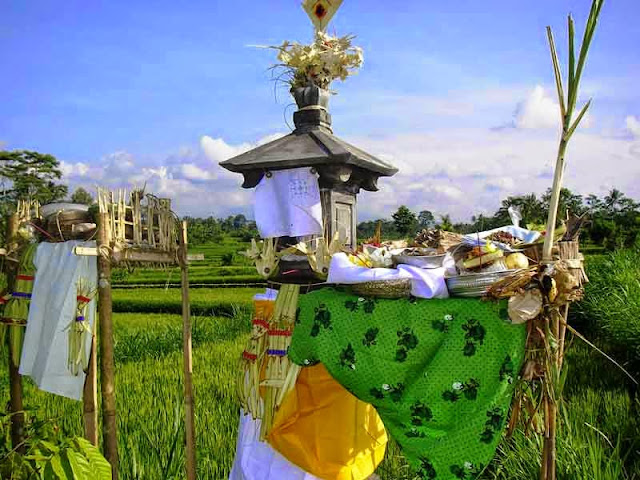We proudly announce that we get 2015 Certificate of Excellence from
TripAdvisor and also crowned as HALL of FAME Hotel or as the Winner of
Five Times (in a row) Certificate of Excellence from 2011 until 2015.
Thank you for all of our valuable clients/guests who always support us and give us good feedback for better improvement. We always deliver our best service to entire our valuable clients/guests from time to time.
Thank you for all of our valuable clients/guests who always support us and give us good feedback for better improvement. We always deliver our best service to entire our valuable clients/guests from time to time.
TripAdvisor® is the world's largest travel site*, enabling
travelers to plan and book the perfect trip. TripAdvisor offers advice from
millions of travelers and a wide variety of travel choices and planning
features with seamless links to booking tools that check hundreds of websites
to find the best hotel prices. TripAdvisor branded sites make up the largest
travel community in the world, reaching 340 million unique monthly visitors**,
and more than 225 million reviews and opinions covering more than 4.9 million
accommodations, restaurants and attractions. The sites operate in 45 countries
worldwide. TripAdvisor also includes TripAdvisor for Business, a dedicated
division that provides the tourism industry access to millions of monthly
TripAdvisor visitors.
Instagram : @risatabali
Risata Bali Resort & Spa
Jl Wana Segara South Kuta Beach.
www.risatabali.com
Facebook page : Risata Bali Resort and Spa
Twitter : @risatabaliJl Wana Segara South Kuta Beach.
www.risatabali.com
Facebook page : Risata Bali Resort and Spa
Instagram : @risatabali










